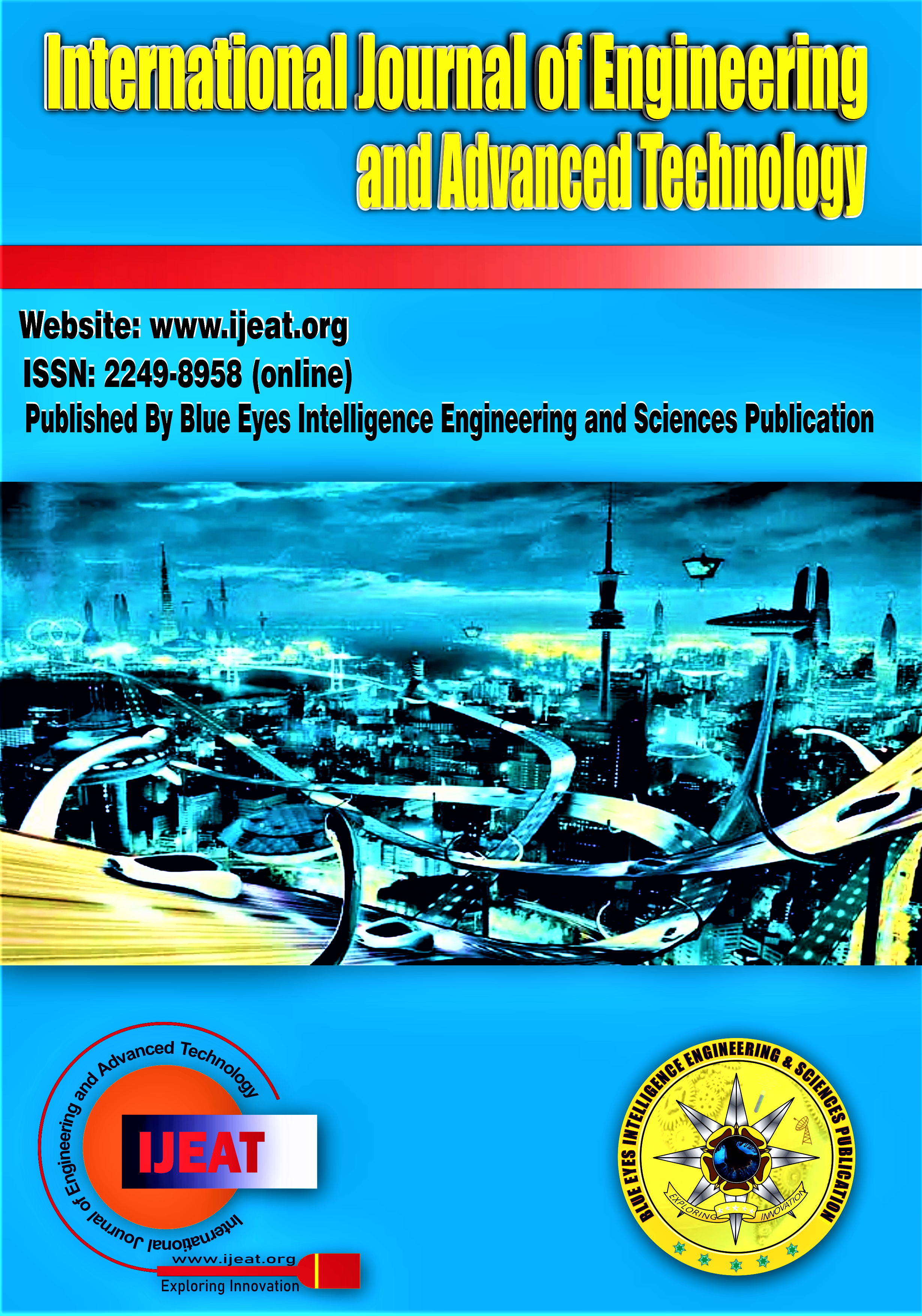Analysis and Implemented on Automated Text Summarization using Transformer Model
Main Article Content
Abstract
Despite the fact that the work on automatic text summarization initially began 70 years prior, it has seen a remarkable development in the recent years due to new and advanced technologies. With the increasing significance of time, the need of condensed and precise information is on peak. No one has time to go through all the articles to get the right data. With the help of automatic text summarizer, we can shorten the source text while maintaining its data and overall meaning, thus saving time of the reader. Text summarization can extensively be alienated into two classifications, Abstractive Summarization also Extractive Summarization. Extractive summarization goals at distinguishing the foremost vital info that is at that moment separated and assembled system to a condensed summary. Abstractive summary group includes rewriting the complete article and the summary is created using natural language processing techniques. In this paper, we have discussed various text summarization models and presented theresults of our own implementation of automatic text summarizer which was trained using the CNN Daily mail dataset.
Downloads
Article Details
Section

This work is licensed under a Creative Commons Attribution-NonCommercial-NoDerivatives 4.0 International License.
How to Cite
References
Ekaterina Zolotareva, Tsegaye Misikir Tashu and Tomáš Horváth, “Abstractive Text Summarization using Transfer Learning”,In:20th ITAT (Information technologies Applications and Theory), Conference At: Tyrapol, Volume: 2718, August 2020.
Wen Kai, Zhou Lingyu, “Research on Text Summary Generation Based on Bidirectional Encoder Representation from Transformers”, Published in: 2020 2nd International Conference on Information Technology and Computer Application (ITCA). https://doi.org/10.1109/ITCA52113.2020.00074
Elozino Egonmwan and Yllias Chali, “Transformer-based Modelfor Single Documents Neural Summarization”, Proceedings of the 3rd Workshop on Neural Generation and Translation, Association for Computational Linguistics, November 2019. https://doi.org/10.18653/v1/D19-5607
P.Krishnaveni, Dr.S. R. Balasundaram, “ Automatic Text Summarization by Local Scoring and Ranking for Improving Coherence”, IEEE 2017 International Conference on Computing Methodologies and Communication (ICCMC). https://doi.org/10.1109/ICCMC.2017.8282539
Shuxia Ren, Kaijie Guo, “Text Summarization Model of Combining Global Gated Unit and Copy Mechanism”, 2019 IEEE 10th International Conference on Software Engineering andServiceScience (ICSESS).
Chandra Prakash, Dr. Anupam Shukla, Human Aided Text Summarizer “SAAR” using Reinforcement Learning, 2014 International Conference on Soft Computing & Machine Intelligence. https://doi.org/10.1109/ISCMI.2014.22
Ashish Vaswani, Noam Shazeer, Niki Parmar, Jakob Uszkoreit, Llion Jones, Aidan N. Gomez, Łukasz Kaiser, Illia Polosukhin,“AttentionIs All You Need”, arXiv:1706.03762, 2017.
Ayesha Ayub Syed, Ford Lumban Gaol, Tokuro Matsuo, “A Survey of the State-of-the-Art Models in Neural Abstractive Text Summarization”, Published in: IEEE Access (Volume: 9), 2021. https://doi.org/10.1109/ACCESS.2021.3052783
Reeta Rani and Sawal Tandon, “Literature Review On Automatic Text Summarization”, International Journal of Current Advanced Research, Volume 7, Issue 2(C), February 2018.
Wang Guan, Ivan Smetannikov, Man Tianxing, “Surveyon Automatic Text Summarization and Transformer Models Applicability”, CCRIS 2020: 2020 International Conference on Control, Robotics and Intelligent System, October 2020. https://doi.org/10.1145/3437802.3437832
Python Programming: Using Problem Solving Approach, Reema Thareja, Oxford University Press, June (2017)
Natural Language Processing with Python: Analysing Text with the Natural Language Toolkit, Steven Bird, Ewan Klein, Edward Loper, January (2011).
Ms. Shruti Sapra (Thakur), Dr. Avinash S. Kapse, “Analysis of Effective Approaches for Legal Text Summarization Using Deep Learning”, “International Journal of Scientific Research in Computer Science Engineering and Information Technology”, http:// ijrcseit.com/paper/CSEIT21849, ISSN: 2456-3307, pp. 53-59.
Shruti Sapra (Thakur), Dr. Avinash S. Kapse, “Constructive Approach for Text Summarization Using Advanced Techniques of Deep Learning”, 5 th International Conference on Intelligent data Communication and Technologies and Internet of Things (ICICI 2021), http://icoici.org/2021/978.981-16-7610-9 Series of Springer.
Chellatamilan, T., Valarmathi, B., & Santhi, K. (2020). Research Trends on Deep Transformation Neural Models for Text Analysis in NLP Applications. In International Journal of Recent Technology and Engineering (IJRTE) (Vol. 9, Issue 2, pp. 750–758). https://doi.org/10.35940/ijrte.b3838.079220
Dhawale, A. D., Kulkarni, S. B., & Kumbhakarna, V. M. (2020). Automatic Pre Processing of Marathi Text for Summarization. In International Journal of Engineering and Advanced Technology (Vol. 10, Issue 1, pp. 230–234). https://doi.org/10.35940/ijeat.a1803.1010120
Saklecha, A., Uplavdiya, P., & Chawla, Prof. M. P. S. (2023). An Extensive Survey on Investigation Methodologies for Text Summarization. In Indian Journal of Signal Processing (Vol. 3, Issue 4, pp. 1–6). https://doi.org/10.54105/ijsp.d1016.113423
Pal*, A., Saha, S., & Anita. (2020). Musenet : Music Generation using Abstractive and Generative Methods. In International Journal of Innovative Technology and Exploring Engineering (Vol. 9, Issue 6, pp. 784–788). https://doi.org/10.35940/ijitee.f3580.049620
Arya, V., Khan, R., & Aggarwal, Prof. M. (2022). A Chatbot Application by using Natural Language Processing and Artificial Intelligence Markup Language. In International Journal of Soft Computing and Engineering (Vol. 12, Issue 3, pp. 1–7). https://doi.org/10.35940/ijsce.c3566.0712322





